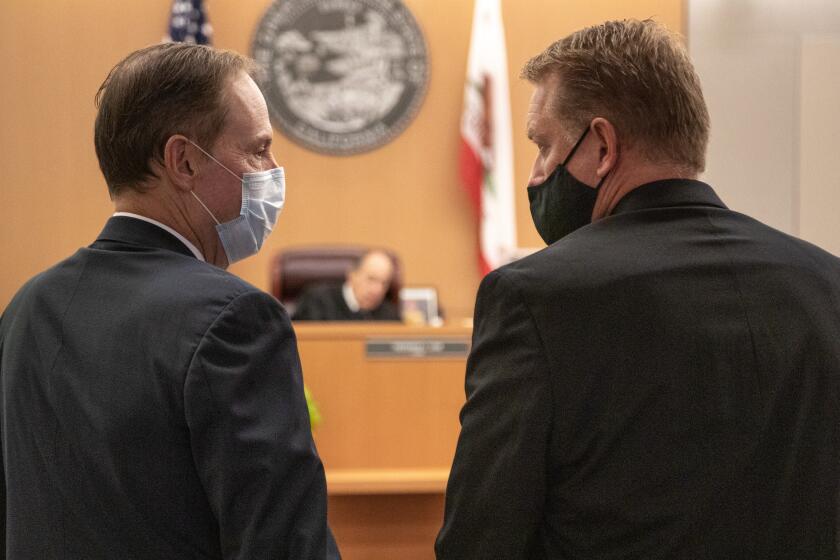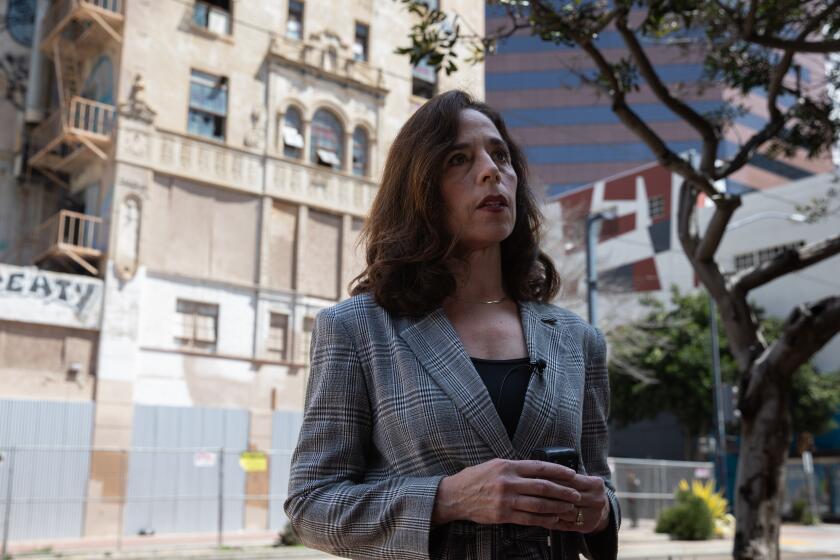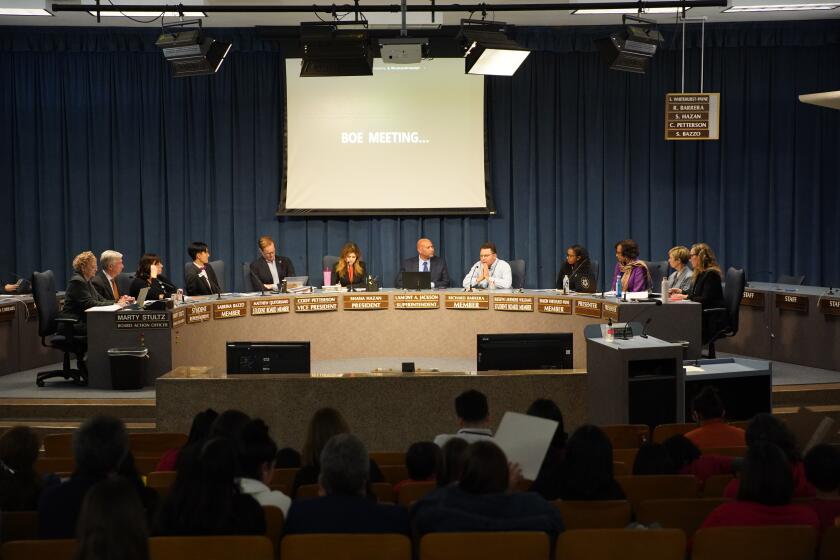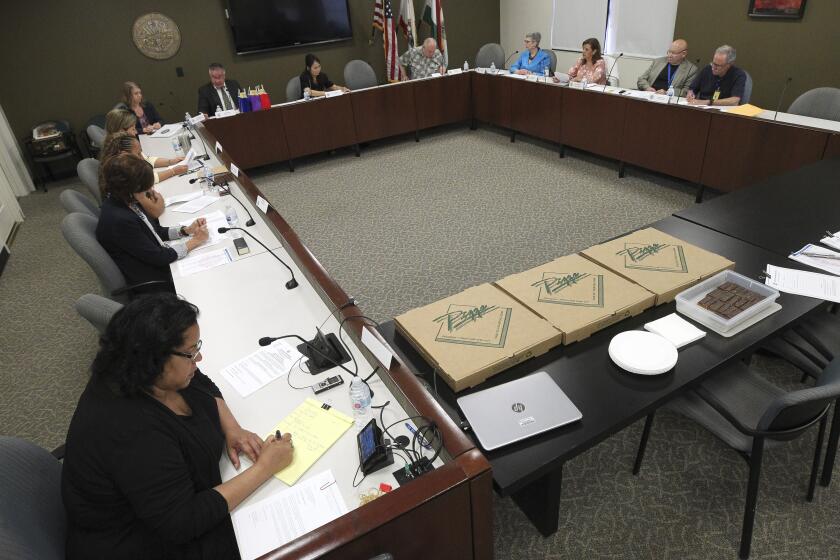Retired undersheriff gets pay on top of pension
Ed Prendergast spent 34 years serving San Diego County, rising from a rookie deputy at the central jail to the second-highest position in the Sheriff’s Department.
Prendergast retired in September as undersheriff, the right hand of Sheriff Bill Gore and the official in charge of day-to-day operations at one of the largest law enforcement agencies in the state.
He didn’t stay away from county employment for long.
Prendergast waited less than three months before joining the ranks of rehired annuitants or “call backs,” former employees who receive hourly pay for working up to 120 days a year while also collecting full retirement benefits.
According to county spokesman Michael Workman, Prendergast retired Sept. 18, 2015, and was rehired Jan. 4, 2016. He said Prendergast is a nationally recognized security and antiterrorism expert who is well worth the $95 per hour he is now paid.
“After the terror attacks on the county staff in San Bernardino last fall, all counties in Southern California began a security assessment and review process,” Workman said. “He was brought on to develop security protocols and to conduct security assessments of county facilities.”
Prendergast, 61, retired at an annual salary of $229,000 and now receives a pension of $230,200 after a cost of living increase in April. He did not respond to questions about the work he is now performing.
Through the pay period ending June 9, Prendergast had worked 707 hours, collecting $67,165 beyond his retirement benefits. He is eligible to work 960 more hours during the fiscal year that will begin on July 1.
The county declined to provide any samples of his work product, citing security implications if any plans or assessments were released into the public domain.
San Diego County has relied on “call backs” for years, with officials saying the staffing option allows managers to retain institutional knowledge and get specialized work at lower costs than full-time employees, who would receive benefits — including pension contributions made by the county.
The public-safety agencies within the county bureaucracy historically have relied heavily on the practice, with the sheriff, district attorney and public defender combining to pay tens of millions of dollars to former employees — sometimes for years on end.
According to a U-T Watchdog review in 2014, the three offices spent $30 million on rehired workers over the previous decade. The sheriff accounted for $20 million of that, with 250 former employees returned to work. Ten of those retirees worked part-time for 10-plus years.
Law enforcement agencies may rely more heavily on retirees than other departments because special pension rules allow public-safety employees to retire as soon as they turn 50.
Because they can collect pension benefits that may equal or exceed their full-time salaries, there is a strong incentive to retire and then work as as rehired annuitants or accept new positions for different organizations.
County rules permit retirees to work up to 120 days or 960 hours per year, whichever is greater, without affecting pension benefits.
Months before husband-and-wife terrorists Syed Farook and Tashfeen Malik killed 14 people at a holiday party for San Bernardino County public health workers in December, the county took steps to clear the way for retirees in Prendergast’s position to come right back to work.
In July 2015, the San Diego County pension board tweaked a newly adopted policy to explicitly state that a retiring public safety employee returning to a public safety job could start collecting pension benefits and immediately return to work as a contractor.
“It was a hole in the policy,” David Myers, a sheriff’s commander who represents public safety employees on the retirement board, said at the time. “There’s no mystery here. This is an administrative fix.”
Two other pension trustees opposed the policy change, saying it was being rushed through and could wrongly promote “double-dipping” by former employees.
“In effect your take-home pay rises and then you’re making a second salary to boot,” said Trustee Dan McAllister, who serves on the retirement board as part of his elected duties as county treasurer.
In his letter to the county human resources director seeking approval to rehire Prendergast, Deputy Chief Administrative Office Ronald Lane said the former undersheriff was needed “to develop a ‘security standard template’ based on a three-tier risk based criteria.”
Lane also said the template “will provide standards for physical security, employee training and coordination with local law enforcement.”
Get Essential San Diego, weekday mornings
Get top headlines from the Union-Tribune in your inbox weekday mornings, including top news, local, sports, business, entertainment and opinion.
You may occasionally receive promotional content from the San Diego Union-Tribune.












